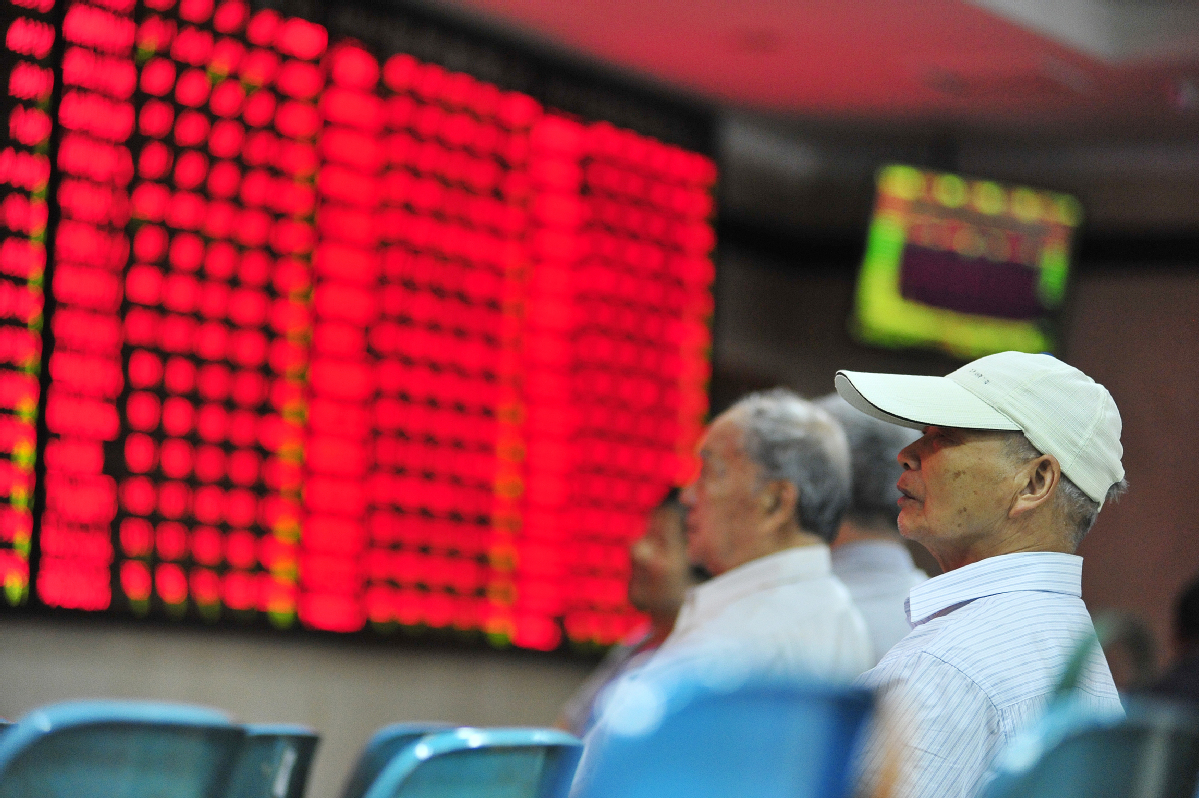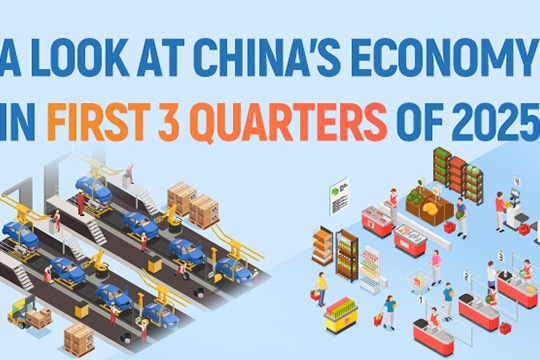A-share market extends robust rally


Buoyed by recently introduced economic stimulus policies and a positive outlook for economic recovery in the second half of the year, A-shares bounced back on Monday, showing more signs of a bull market.
The benchmark Shanghai Composite Index jumped 5.71 percent to close at 3332.88 points on Monday, which was the highest that the index has been since March 2018. In Guangdong province, the Shenzhen Component Index rose 4.09 percent to 12941.72 points on Monday while the technology-heavy ChiNext in Shenzhen gained 2.72 percent.
The total daily trading volumes reported by the Shanghai and Shenzhen stock exchanges topped 1.56 trillion yuan ($222 billion) on Monday, hitting a five-year high. Northbound investment, or the trading volume from overseas investors using the stock connect program between Shanghai, Shenzhen and Hong Kong, reached 16.43 billion yuan, up 6 percent from the previous trading day.
The daily high in trading volume exceeded 1 trillion yuan for three consecutive trading days, indicating an increasing number of investors entering the A-share market, said Yang Delong, executive general manager of Shenzhen-based First Seafront Fund.
"The logic of the new round of bull market is quite simple. First of all, the low interest rate adopted by China's central bank has secured adequate market liquidity," he said.
"The second reason is the transfer of Chinese household savings. While the central government discourages speculative property investment, household savings need a new outlet for investment and the stock market is the right target. The surge of mutual fund products in the first half of the year has been the most solid proof," he added.
The financial sector led Monday's rally. A-share-listed insurance companies saw their prices rise by 9.49 percent on average, almost reaching the daily limit of 10 percent. Prices of listed commercial banks' securities firms also spiked over 9 percent on average.
Hu Guopeng, chief strategist at Founder Securities, said the financial sector is relatively undervalued if compared with consumption companies and high-growth enterprises. Given favorable new policies for the financial industry, undervalued securities firms, insurers and banks are expected to show strong growth in July.
The China Banking and Insurance Regulatory Commission said on Jan 3 that household savings should be guided into the capital market.
The People's Bank of China, the central bank, and other financial regulators issued on Friday the final version of standards to identify the scope of standardized debt products. The rules will discourage banks' wealth-management businesses from excessive allocation of customer assets under management to riskier shadow banking products, also known as nonstandard products.
The rules will foster the development of asset management business and promote the sustained development of direct financing, according to the PBOC.
While the China Securities Regulatory Commission said at a news conference on June 28 it had no information to provide on the reported issuance of securities licenses to commercial banks, the securities agency stressed the importance of the development of investment banking, which is crucial to the expansion of direct investment.
Expectations of economic recovery in the second half supported the Monday surge and may do the same for the stock market in coming months, according to analysts at Shenwan Hongyuan Securities. Listed technology and consumer goods companies would benefit.
The Chinese economy has staged a V-shaped rebound, backed by better-than-expected performance in industrial production and great resilience in exports, said Hu Yifan, regional chief investment officer and chief China economist at UBS Global Wealth Management.
Policy support, especially infrastructure investment driven by government bonds, is expected to help sustain the recovery over the second half of the year, when economic growth may recover to about 5 to 6 percent year-on-year, Hu said.




































